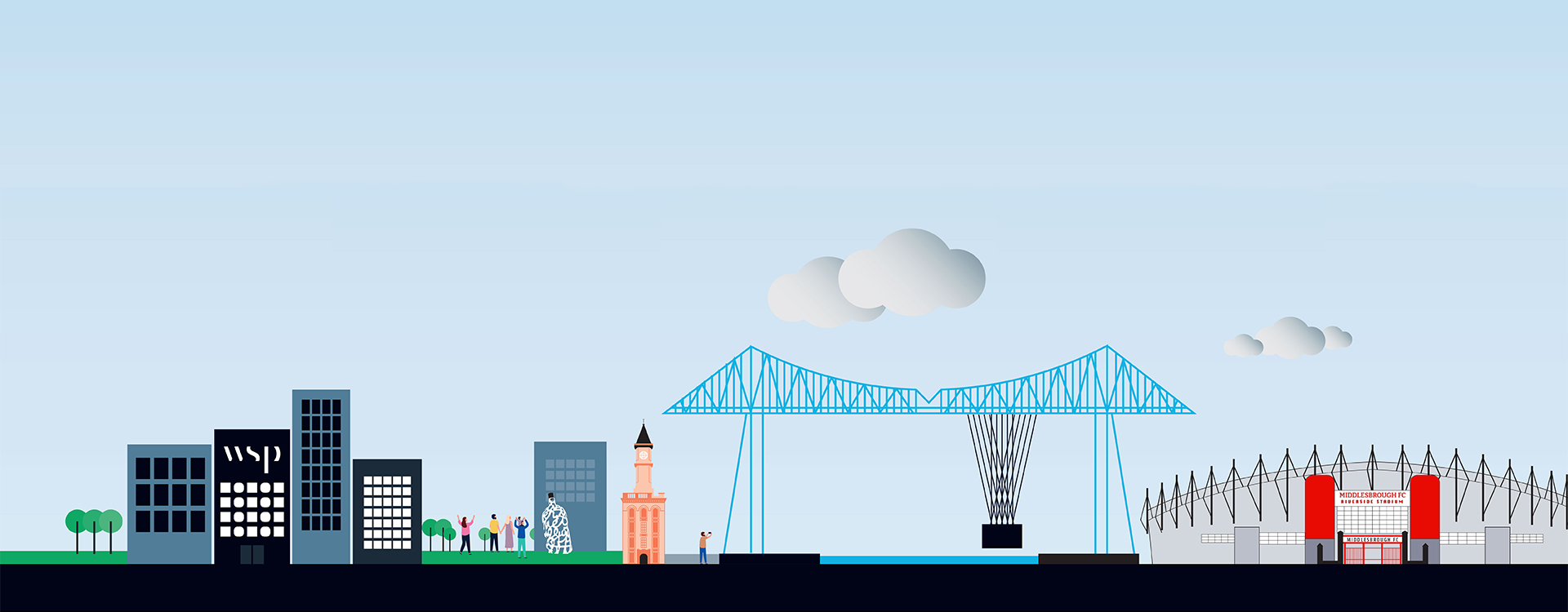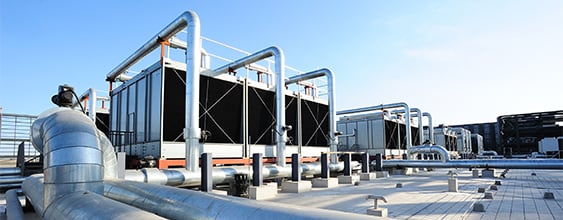As an industrial client, how long have you got to prepare for the switch from natural gas to hydrogen? It’s less time than many people realize, as networks could start to switch from the mid 2030s. That means taking decisions today to prepare for that future – as my team is helping clients to do in Teesside and around the world.
At the simplest level, you need to consider whether a piece of equipment you’re procuring today – such as a steam boiler – should be hydrogen ready. If it’s not, equipment that could otherwise last 30 years might need to be replaced after 10 when your gas supply moves to hydrogen.
There are bigger questions too. For example, many gas connections have been in place for decades, and new hydrogen connections could require a change to a facility’s layout. Or, with uncertainty around exactly when the switch will happen – particularly outside industrial clusters, you may need to look at opportunities to electrify equipment and processes. Like any big decision in business, it pays to think ahead.
It's also important to understand what you’ll be getting, because not all hydrogen sources are equal. While most of the talk has been around green hydrogen produced from renewable electricity and blue hydrogen made from natural gas with carbon capture and storage, there is in fact a whole rainbow of hydrogen. At WSP, we’re currently designing several gigawatts of hydrogen generation around the world, including green hydrogen specifically for steel, so we have first-hand experience of the different types, their carbon impacts and what they mean for industrial consumers.















